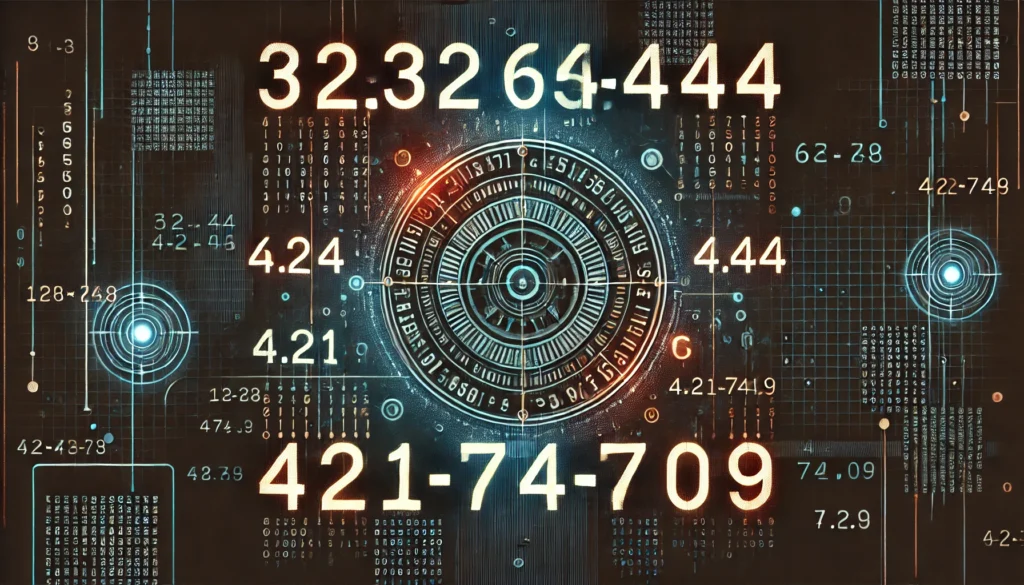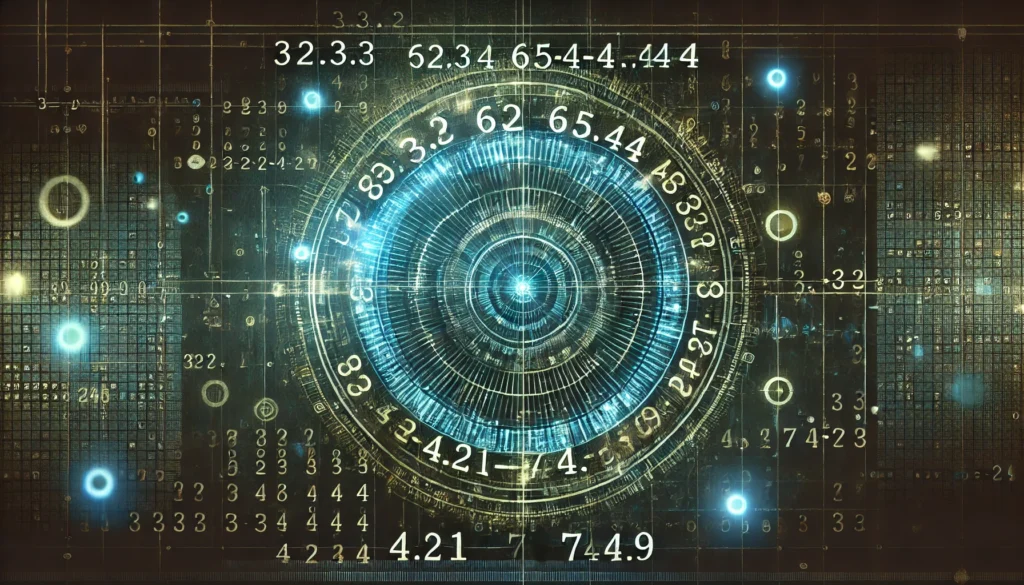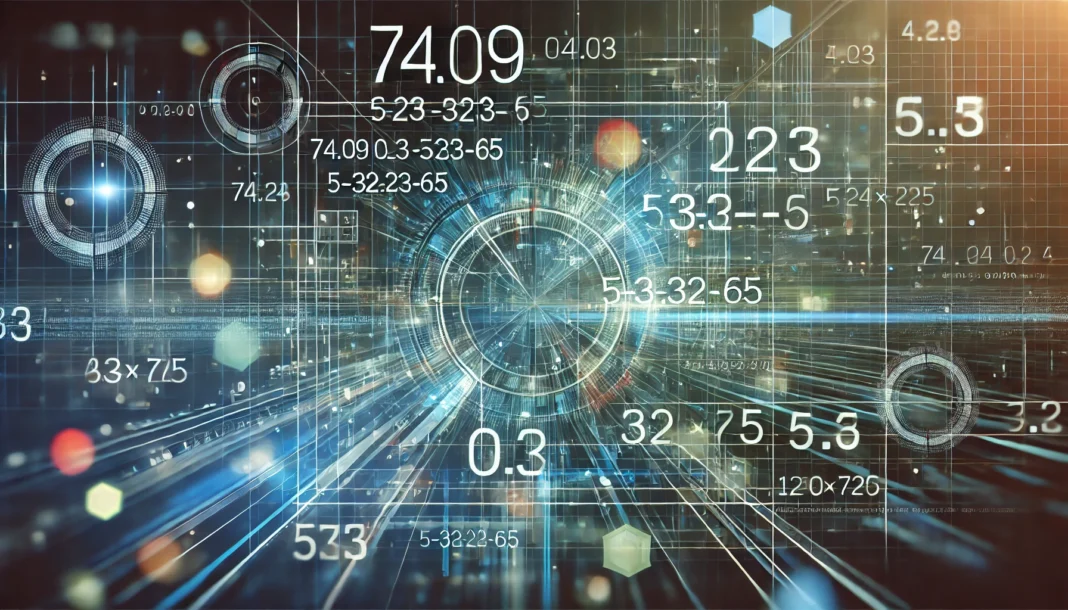Let’s get right to it. You might be wondering what exactly “32.32 65-4-4.44 4.21-74.09” represents.
Whether you’re dealing with coordinates, complex codes, or some niche in your field, getting clarity on these kinds of sequences can help make decisions smoother.
But let’s break down what you really want to know.
Is 32.32 65-4-4.44 4.21-74.09 a Coordinate or Code?
The first thing many people think of when they see a series of numbers and hyphens is coordinates. But is that what 32.32 65-4-4.44 4.21-74.09 actually is?
Consider it: coordinates are often used in latitude and longitude forms. A real coordinate sequence would typically pair two numbers together in the format 32.32, 65.04. Here, however, we see a pattern that mixes periods and hyphens. This could point toward a coded structure.
If you’re using this in geographic settings, you might want to check if the 32.32 aligns with a latitude or if the last number, 74.09, corresponds with any longitude settings you’re familiar with.
For anyone looking to confirm if this is geographic, a site like Latlong.net can let you plug in numbers and see if they map to specific points on the earth.
Breaking Down the 32.32 65-4-4.44 4.21-74.09 Structure
This unique sequence might seem confusing at first glance, but let’s break it down piece by piece.
- 32.32: This part could represent a first-level coordinate or even a unit in a scientific study.
- 65-4: If this isn’t another geographic number, it could be a standard format used in technical fields. Sometimes, specific industries use these forms to identify products, measurements, or configurations.
- 4.44 & 4.21: These might relate to internal values in a structure, such as pressure levels or weight measurements.
- 74.09: This could either be a final coordinate value or the end of a larger measurement.

How to Read These Codes in Everyday Scenarios
Imagine you’re a scientist or a tech enthusiast encountering similar codes. In research or high-level data handling, it’s common to see patterns like 32.32 65-4-4.44 4.21-74.09. These structures help break down and label data, making complex systems easier to track.
Take weather forecasting, for example. Meteorologists often record temperature, wind pressure, and altitude in coded formats. If our sequence was related to weather data, you could easily pull the numbers apart to relate to temperature (32.32°C), pressure level (65-4), humidity (4.44%), and possibly altitude (4.21 meters).
Or, if you’re in tech, think about IP addresses, which are segmented for specific parts of data routing. Just as with IPs, a slight difference in numbers can mean a change in region or category.
Practical Uses for 32.32 65-4-4.44 4.21-74.09
How could you use a code like 32.32 65-4-4.44 4.21-74.09 in daily applications?
Here’s where it might come up:
- Data Entry in Research Fields: Scientists might log this data as unique identifiers for different samples or locations.
- Geographical Points: It could relate to points in geographical surveys if formatted to fit coordinates. Always double-check with geographic systems.
- Machine Coding: In technical fields, engineers could use similar structures for calibrating machines or aligning components, especially if measurements are important.
FAQs About 32.32 65-4-4.44 4.21-74.09
Q1: Is 32.32 65-4-4.44 4.21-74.09 used in navigation?
Possibly. If you’re considering it for navigation, remember to format it to typical latitude-longitude structures, like “32.32, 65.44”.
For navigation testing, go to sites like Google Earth to see if the numbers match up geographically.
Q2: Could this sequence be a code for a software application?
Yes, software often uses coded formats for key codes or variable identifiers.
In tech projects, this could be a key, as it’s unique enough for tracking.
Q3: What about using this in scientific research?
Researchers frequently use codes for categorizing elements in studies or databases.
For example, each part of this sequence could refer to a different chemical or physical property.
Q4: Could 32.32 65-4-4.44 4.21-74.09 be part of an address?
It’s rare but possible.
Certain industries, like shipping or data analysis, use similar codes to segment locations or product types.
Q5: What’s the best way to decode something like this?
It’s all about the context.
If you know the industry, check for standard coding guides.
For geography, plug it into a map, and for scientific use, look into a database or sourcebook that specializes in your field.

When to Use 32.32 65-4-4.44 4.21-74.09 as a Reference
Using unique sequences like 32.32 65-4-4.44 4.21-74.09 can be handy in specialized industries. For everyday users, though, it’s not often that you’ll work directly with such codes.
If you’re curious about tracking, inventory, or precise measurements, having a handle on these numbers means you’re prepared for the details.
- Scientific Sampling: Keep it on record if you’re sampling variables over time.
- Geographical Points: This might come up in mapping or terrain analysis.
- Product Identifiers: You could use similar codes to log items in a warehouse or categorize digital assets in software.
If you’re handling multiple codes, think of using an online database like Spreadsheet.com to keep things in line. This way, you won’t lose track, and you can quickly reference each one.
Final Thoughts: The Value of 32.32 65-4-4.44 4.21-74.09
Ultimately, sequences like 32.32 65-4-4.44 4.21-74.09, even if initially confusing, can have real value.
The importance lies in the format and structure that’s relevant to your field.
Keep it handy for science, geography, or tech settings where coded formats simplify tracking and analysis.
Next time you see a mix of numbers and hyphens, consider the potential applications in categorizing or identifying specific parts.
And now that you’re familiar with this one, you can better interpret similar structures with confidence.
Remember: 32.32 65-4-4.44 4.21-74.09 isn’t just random.
It’s a tool, and when decoded right, it can unlock layers of detail to guide your project or research to new levels.


